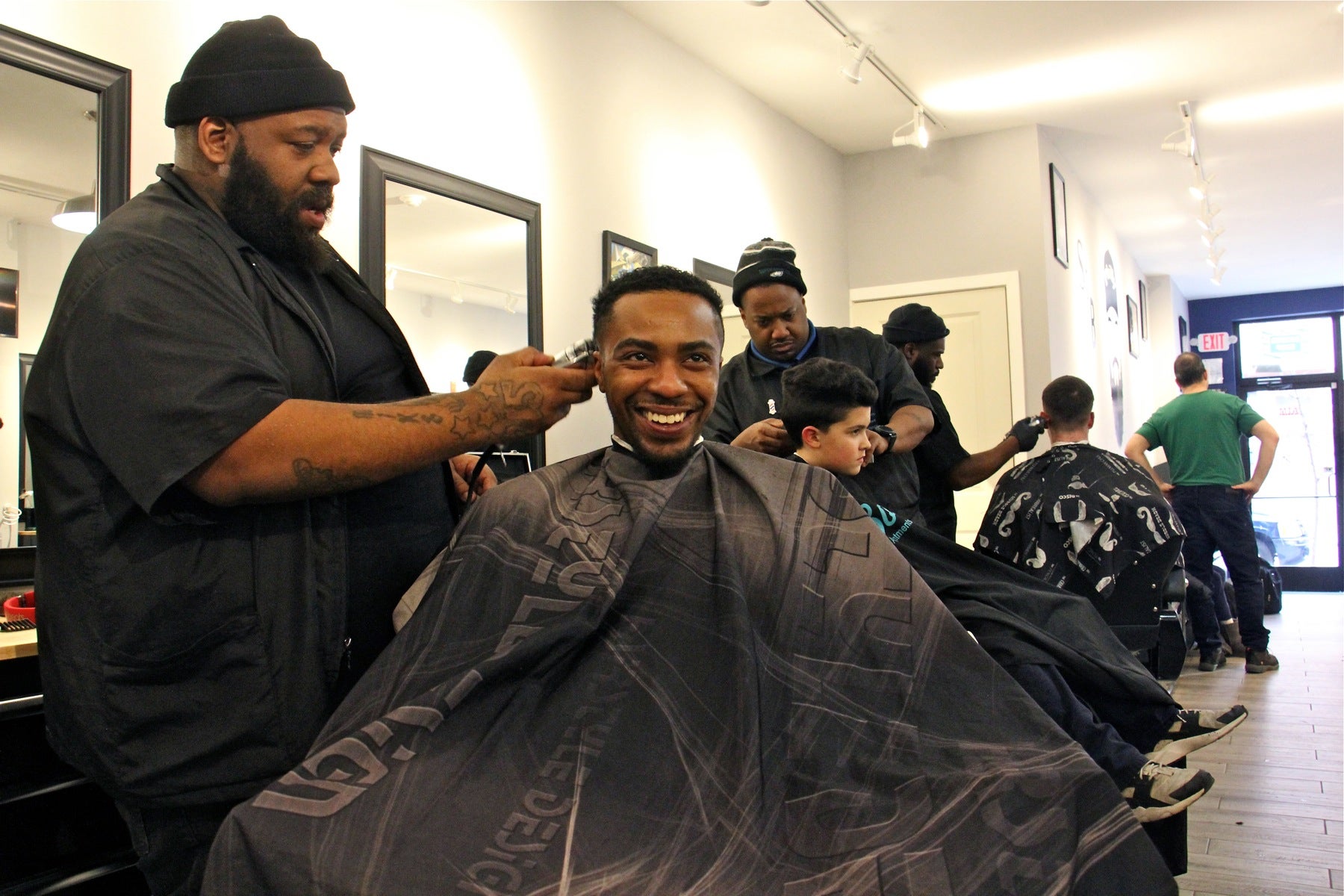Essential Hygiene Practices All Hairdresser Must Avoid to ensure Optimal Client Protection
Essential Hygiene Practices All Hairdresser Must Avoid to ensure Optimal Client Protection
Blog Article
Upholding adequate sanitation remains essential in any field that entails direct interaction with customers, particularly in the barber industry. Hairdressers hold an important role in helping clients appear and become the best, however this responsibility entails with the necessity for rigorous hygiene practices. In the interest of the safety of customers and stylists alike, there are several critical sanitary measures that should be avoided. Understanding these measures can help guarantee a sanitary and secure environment in barber shops.
One of the most frequent hygiene errors stylists should prevent is the reuse of personal grooming tools without adequate cleaning. Tools such as scissors, clippers, and combs can harbor bacteria and pathogens if they are not sterilized after each use. Barbers should always sanitize their tools with appropriate solutions or wipes between customers. Failing to do so might lead to the spread of infections, which can have grave consequences for customers. Creating a schedule for sanitizing and sanitizing tools is not just a best protocol; it is a vital aspect of maintaining a secure operational environment.
Another practice to avoid is neglecting to clean hands consistently. Barbers engage with multiple clients in a single day, and their skin can easily accumulate germs and viruses. It is crucial for stylists to clean their skin meticulously with soap and water prior to and after each customer. Additionally, using skin disinfectant can be an efficient method to additionally minimize the spread of germs. Skipping this step can compromise customer safety and may result in infections or ailments that could have been easily avoided.
Proper sanitation of the barber shop setting is also critical. Stylists should browse this site refrain from overlooking areas that are frequently touched, such as seats, work surfaces, and lounge area seats. These surfaces should be cleaned and sanitized regularly to reduce the likelihood of contamination. Creating a disinfection schedule can assist barbers copyright a hygienic environment. This practice not only protects clients but also improves the general atmosphere, making clients feel more comfortable and valued.
Additionally, stylists should refrain from utilizing items that have not been kept or handled properly. Cosmetic items such as styling gels, sprays, and oils can become contaminated if they are kept open or improperly stored. It is important for barbers to check use-by labels and to keep products in a chilly, dry place. additional resources Throwing away any expired or suspicious products is vital to guarantee customer safety. Using contaminated items can cause to skin irritations or allergic responses, which can tarnish a barber's reputation and injure customers.
To conclude, barbers have a duty to copyright high levels of sanitation to guarantee the well-being and health of their clients. By preventing the recycling of unsterilized tools, overlooking hand hygiene, ignoring environmental cleanliness, and utilizing improperly kept items, barbers can create a secure and inviting environment. Understanding and applying these critical sanitary practices not only safeguards clients from infections but also builds trust and faithfulness. A sanitary barber shop is a successful barbershop, in which both barbers and clients can feel assured and secure.